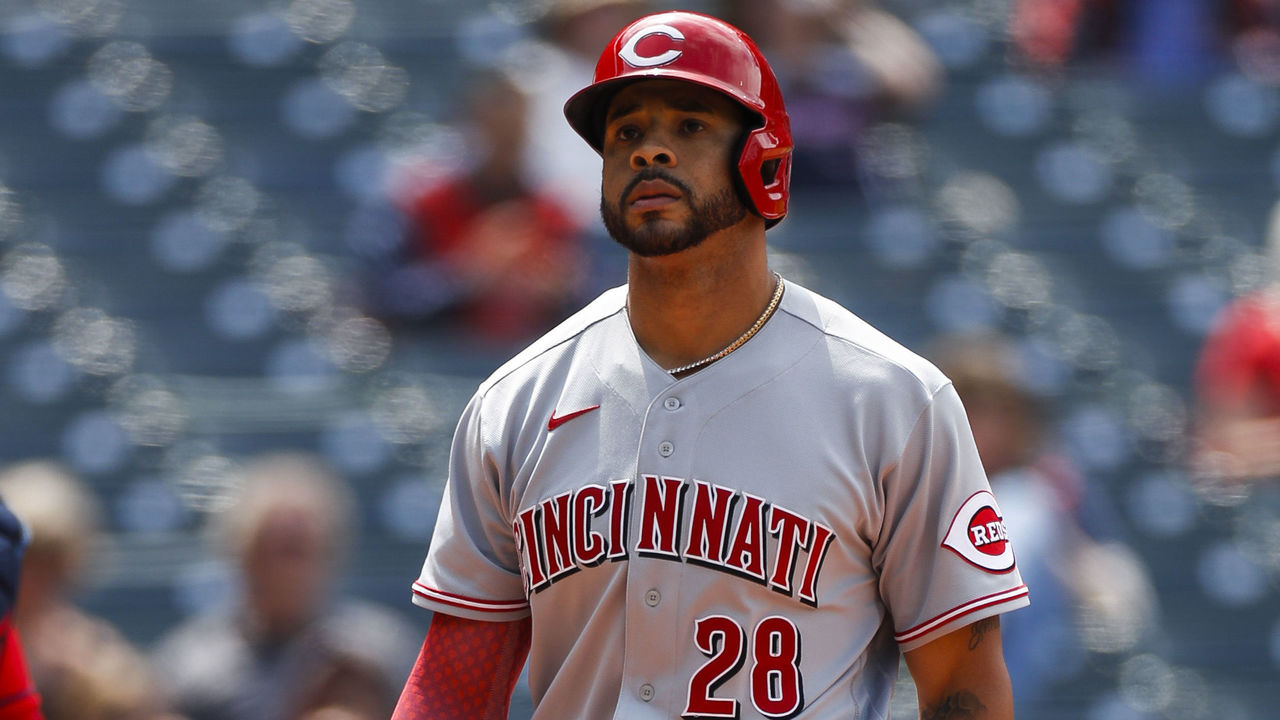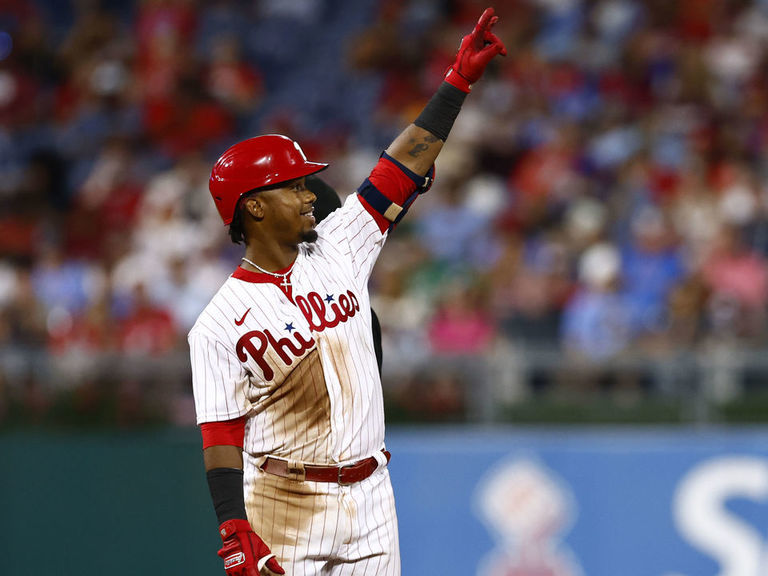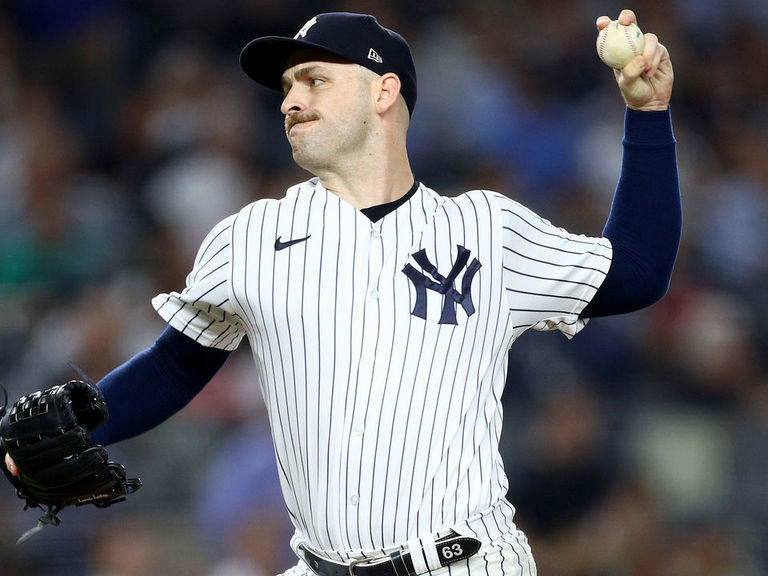In a winter that has been woefully lacking in trades – but certainly set ablaze by marquee free-agent deals – the Toronto Blue Jays and Arizona Diamondbacks got the ball rolling in a big way.
The Blue Jays traded top catching prospect Gabriel Moreno and outfielder Lourdes Gurriel Jr. to the Diamondbacks for outfielder Daulton Varsho on Friday. And, really, it’s hard not to love this deal for both sides.
Let’s break it down from each team’s perspective and assign grades.
Blue Jays land Varsho
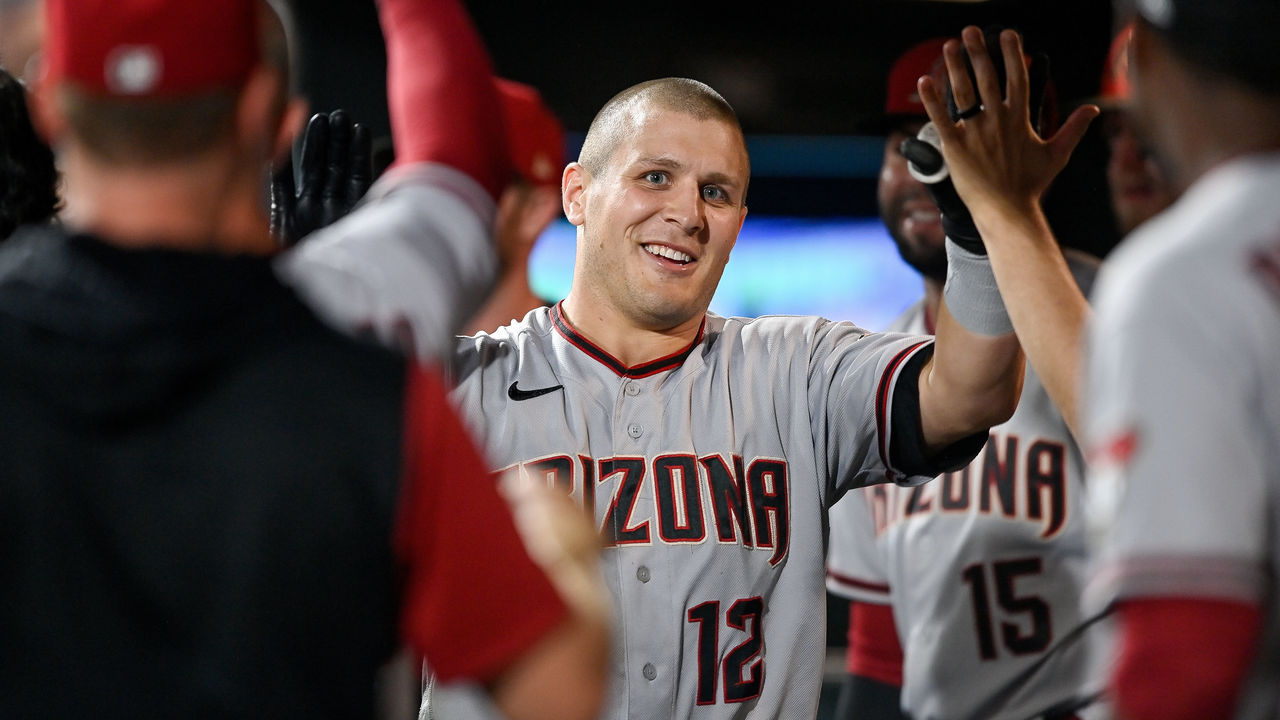
It had been rumored all winter that the Jays were shopping a catcher. And with three major-league-ready backstops, it made sense to part with one.
Depending on who you asked, you got different responses on which catcher was the most expendable to a team looking to win now. They all had cases for and against them.
Alejandro Kirk is coming off an All-Star campaign and has proven himself as one of the better hitting catchers in the league. However, while he’s a good framer, he’s not especially good at controlling the running game. There’ll be an increased emphasis on that as MLB implements pitcher pickoff restrictions and larger bases.
Danny Jansen was always seen as a good defensive catcher, but it has never fully come together for him at the big-league level, perhaps at least partially due to injuries. He hit very well last season, though, boasting a 140 wRC+ over 72 games. But he also would’ve netted Toronto the least in a trade return, given his age, proximity to free agency, and the fact that he’s merely a league-average hitter for his career (which is actually quite good for a catcher these days).
And, finally, you’ve got Moreno – the star of a Blue Jays farm system that had been depleted in recent years. There were public evaluators just last year arguing that Moreno was the best prospect in all of baseball – at least alongside New York Mets catcher Francisco Alvarez and Baltimore Orioles right-hander Grayson Rodriguez. It’s clear that, given the value put on cost-controlled players, Moreno would likely net the largest return of the three. However, he hasn’t really slugged well in the minors and didn’t look especially MLB-ready in his short stint in the majors this year (despite a good 113 wRC+ over 25 games attributed entirely to his impressive plate discipline).
And that’s who wound up out the door alongside Gurriel to the D-Backs for Varsho. It’s almost certainly an overpay but also likely the smart move from the Jays’ front office.
There’ll be plenty of people that argue the Jays were in a position of strength with three highly coveted catchers. However, there are two points against this line of thought.
First, as mentioned above, each of those backstops has some drawbacks. They’re all good, sure. But it’s not like teams were beating down Toronto’s door to get their hands on them.
Second, the market for catchers was shrinking after the St. Louis Cardinals nabbed Willson Contreras in free agency and the Atlanta Braves acquired Sean Murphy for spare parts. Heck, even the Cleveland Guardians seem happy just signing Mike Zunino.
For these reasons, it was starting to look increasingly likely that the Jays would head into 2023 with Kirk and Jansen sharing time as catcher and Moreno in the minors, awaiting an opening of some sort. Kirk could also act as the designated hitter at times, so it didn’t seem totally nonsensical to just hang onto all three.
Instead, though, they decided to make the move that made the most sense, trading away the unknown commodity. Because where would the Jays be if, hypothetically, they traded Kirk, Jansen got injured (he’s played 292 games out of a possible 546 over the past four years), and Moreno just never panned out like so many prospects before him? That would severely hamstring a win-now team playing in arguably the toughest division.
Even if it is an overpay, Ross Atkins and the Jays’ front office pulled a necessary trigger here by acquiring Varsho. He showed reason to believe last year that he’s the best defensive outfielder in baseball, ranking 99th percentile in outs above average and 97th in outfield jump.
Even further, Varsho is a much-needed left-handed bat, which the Jays have been in pursuit of for quite some time to very poor results. He’s probably a nine-hitter against southpaws at best, but his defensive prowess makes up for the fact he might not provide much positive impact on the offensive side against fellow lefties.
There are also some promising underlying numbers, as Varsho seemed to be penalized a disproportionate amount by the shift. Despite having 27 homers last year, he isn’t going to tear the cover off the ball. He had a respectable barrel rate but an average exit velocity in the 25th percentile. However, he’s a very pull-heavy hitter and finished last year with a brutal .269 BABIP (26th among qualified hitters). With shift restrictions preventing three infielders from standing between first and second base, Varsho could see some added benefit there.
All in all, it’s a smart deal for the Jays. It still likely begets another move, as Whit Merrifield and Cavan Biggio currently project to be both second base/fourth outfielder. With Kevin Kiermaier in the mix, the Jays likely have the best defensive outfield in the league. And while Kiermaier and Varsho might seem like overkill, expecting the former to recapture his Gold Glove form seamlessly after so many injuries may be foolish. But having three center fielders patrolling Rogers Centre must sound like music to the ears of Blue Jays pitchers – particularly Kevin Gausman and Jose Berrios, who had troublingly high BABIPs, ranking last and second-last in 2022, respectively.
A slugging corner outfielder would be a nice complement. The Jays shouldn’t regret adding elite reliever Erik Swanson to the mix, but Teoscar Hernandez would now fit this roster much better than he once did. There aren’t a whole lot of options readily available, but this certainly won’t be the final move of the offseason for the Jays.
Grade: A-
D-Backs add another intriguing piece to promising future
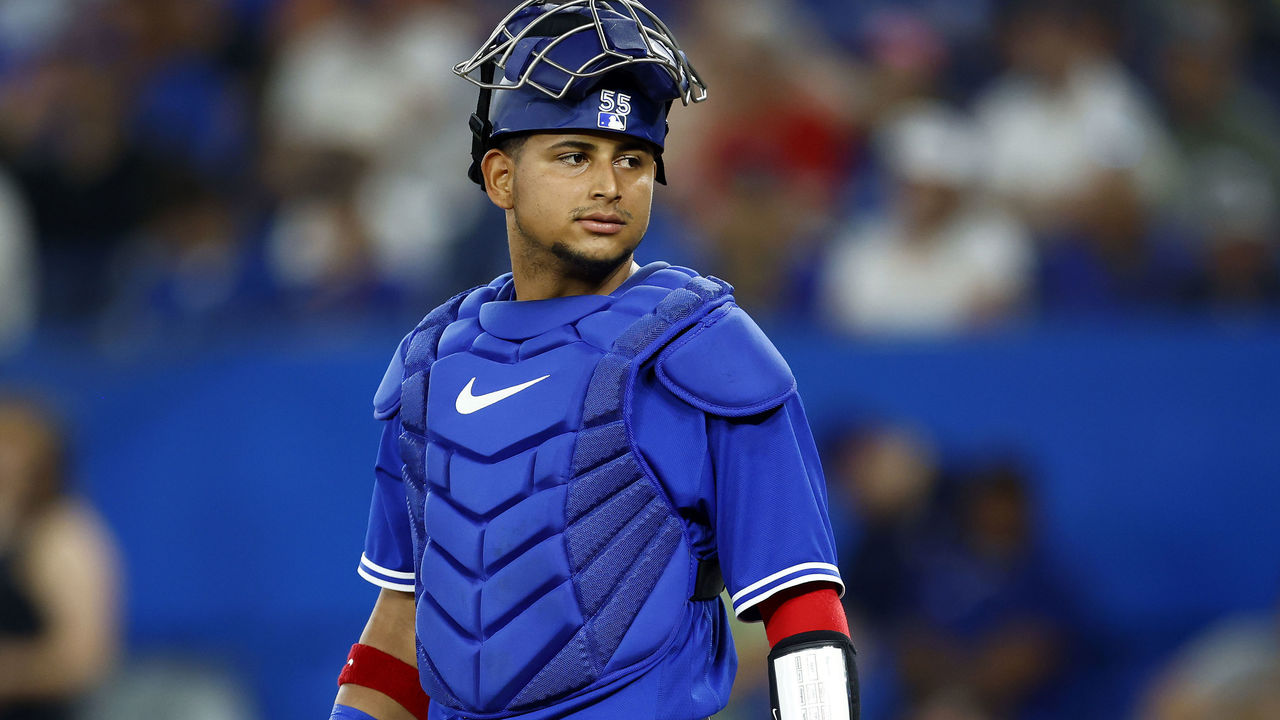
From the D-Backs’ perspective, this was the best-case scenario.
Like the Jays, Arizona had some excess on the roster. But instead of it being at catcher, it was in the outfield.
Corbin Carroll and Alek Thomas are the two outfielders who seem most worth building around and still have that prospect shine that makes them harder to deal away – especially for a rebuilding team like the Diamondbacks. Even further, 25-year-old Jake McCarthy has made himself very valuable as a peskily good hitter with great baserunning acumen.
From Arizona’s perspective, it is extremely clear that Varsho was the most expendable, at the very least, while the club evaluates Carroll, Thomas, McCarthy, Pavin Smith, and Kyle Lewis. Then, eventually, teenage phenom and recent second overall pick Druw Jones is coming.
So imagine a scenario where your team keeps the two outfielders most worth building around, probably doesn’t lose that much defensive value (because the 22-year-old Carroll seems like a good center fielder anyways), and still lands a top prospect.
That’s what the D-Backs just pulled off.
And the cherry on top is the addition of Gurriel. While he’s frustratingly streaky at times, he’s also roughly as good of a hitter over the course of his career as Varsho was last year in his breakout. Gurriel will play the corner in the final year of his contract and provide the same offensive value as Arizona just traded away. If Carroll can patrol center field close to as well as Varsho, there’s really nothing bad about this deal from the D-Backs’ perspective.
Of course, the real headliner is Moreno, whose pop time to second base ranked 89th percentile in MLB during his short stint in the majors last year, according to Baseball Savant. That’s a key tool for catchers to possess as the league approaches the addition of robot umpires while also policing pitchers’ pickoff attempts. If Moreno can indeed control the running game, he could easily become a crucial part of the Diamondbacks’ next window of contention, regardless of whether his bat matures.
Another great indication of Moreno’s maturity as a hitter is that he never seemed to waver from his plate approach despite struggling to drive the ball early in his big-league career. It took him a long time to get that first career homer – 24 games – but before that, he still managed a .323 OBP. He needs some work, like every developing prospect, but his contact rate and eye at the plate are a great start.
Grade: A+


